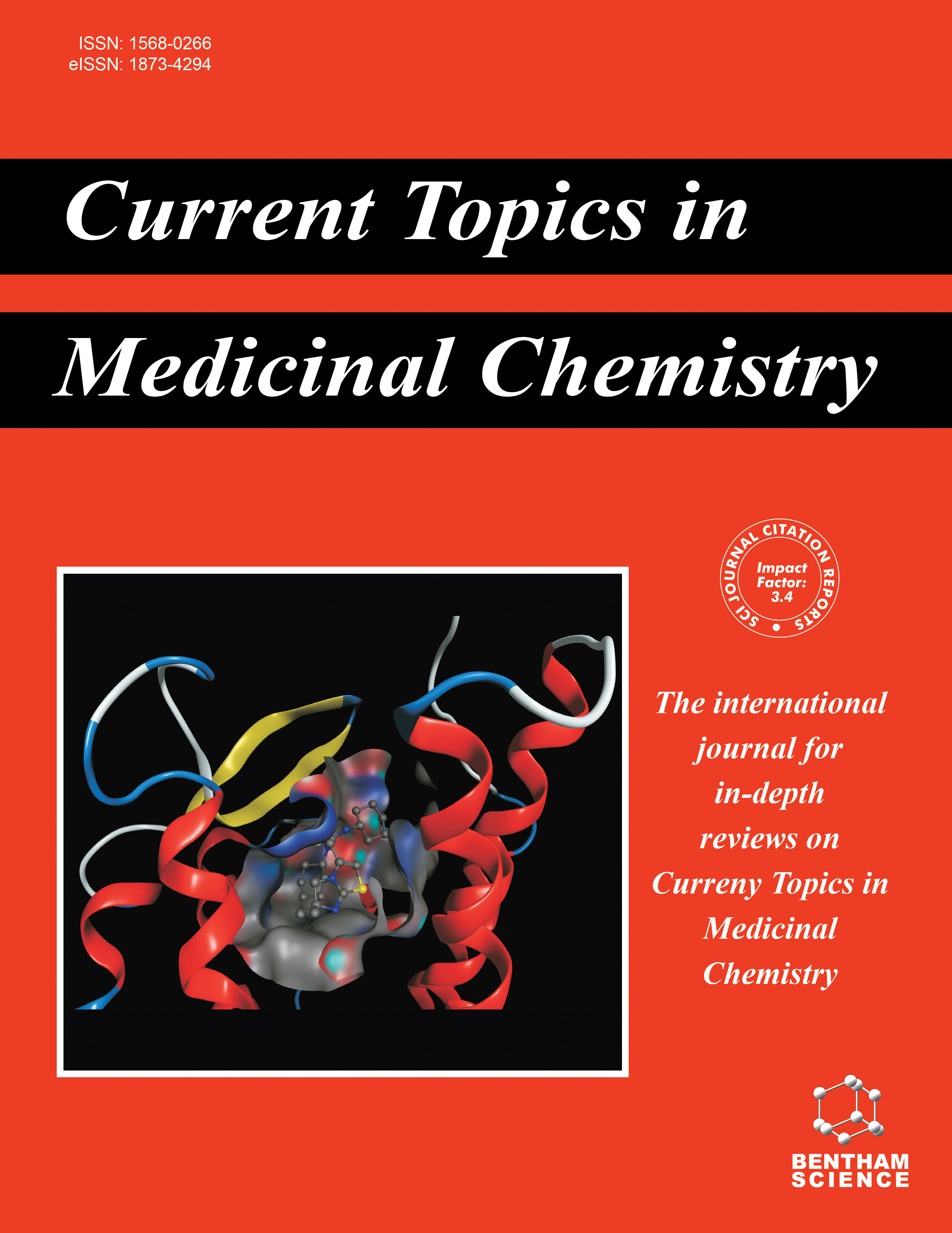-
oa Conformation Study and Design of Novel 6-Hydroxybenzothiazole-2-Carboxamides as Potentially Potent and Selective Monoamine Oxidase B Inhibitors for Neuroprotection
- Source: Current Topics in Medicinal Chemistry, Volume 25, Issue 10, Apr 2025, p. 1266 - 1280
-
- 16 Sep 2024
- 11 Dec 2024
- 10 Jan 2025
Abstract
6-hydroxybenzothiazole-2-carboxamide is a novel, potent, and specific monoamine oxidase B inhibitor that can be used to study the structure of molecules and come up with new ways to protect neurons.
The objective of this work was to create an effective model using derivatives of 6-hydroxybenzothiazole-2-carboxamide and establish a dependable predictive foundation for the development of neuroprotective monoamine oxidase B inhibitors for the treatment of neurodegenerative diseases.
The construction and optimization of all compounds were carried out sequentially using ChemDraw software and Sybyl-X software. The optimized compounds were further analyzed using the COMSIA approach and the Sybyl-X software tool for QSAR modeling. A set of novel compounds of 6-hydroxybenzothiazole-2-carboxamide were created and their IC50 values were forecasted using QSAR modeling. Ultimately, the recently developed compounds underwent a screening process using their IC50 values, and molecular docking tests were conducted on the ten most promising compounds with the highest IC50 values.
The 3D-QSAR model exhibited favorable outcomes. The value of q2 in the COMSIA model was 0.569. The model demonstrated a superior r2 value of 0.915, a lower SEE of 0.109, and a higher F-value of 52.714. The statistical findings and validation of the model were deemed adequate. Furthermore, analyzing the contour plots might assist in identifying the necessary structural specifications.
This work has the potential to provide an insight into the development of active medicines that protect the nervous system against neurodegenerative disorders.


